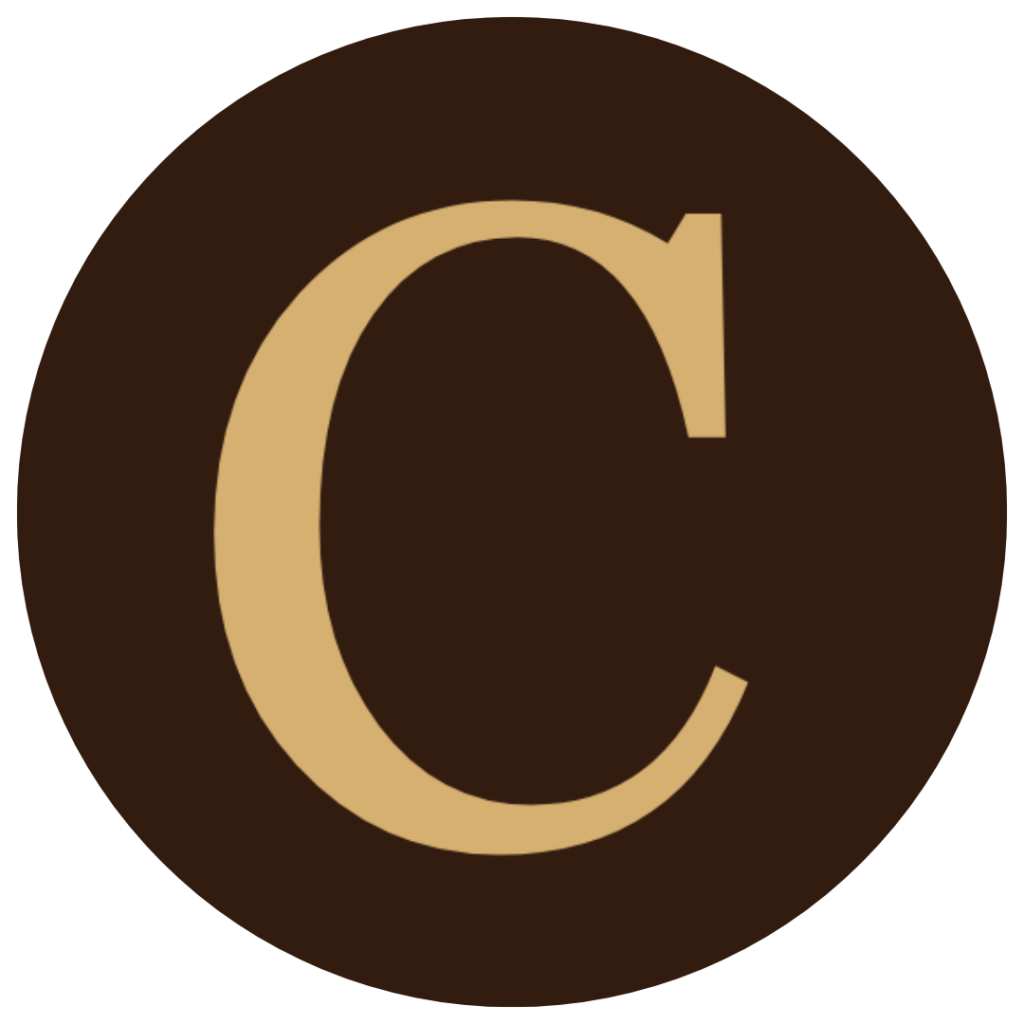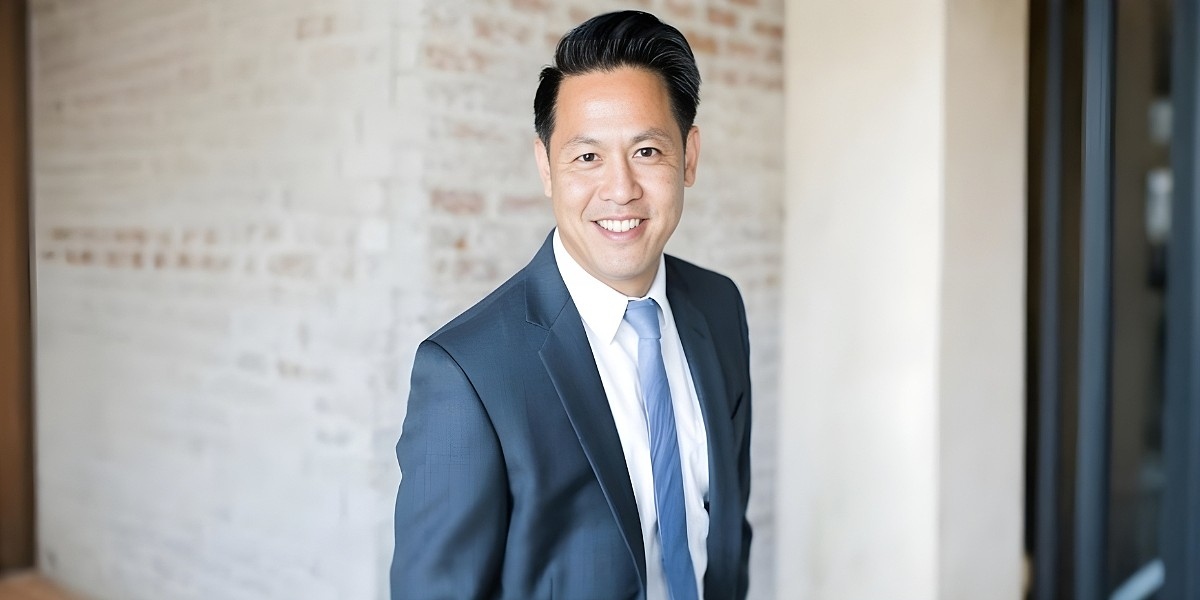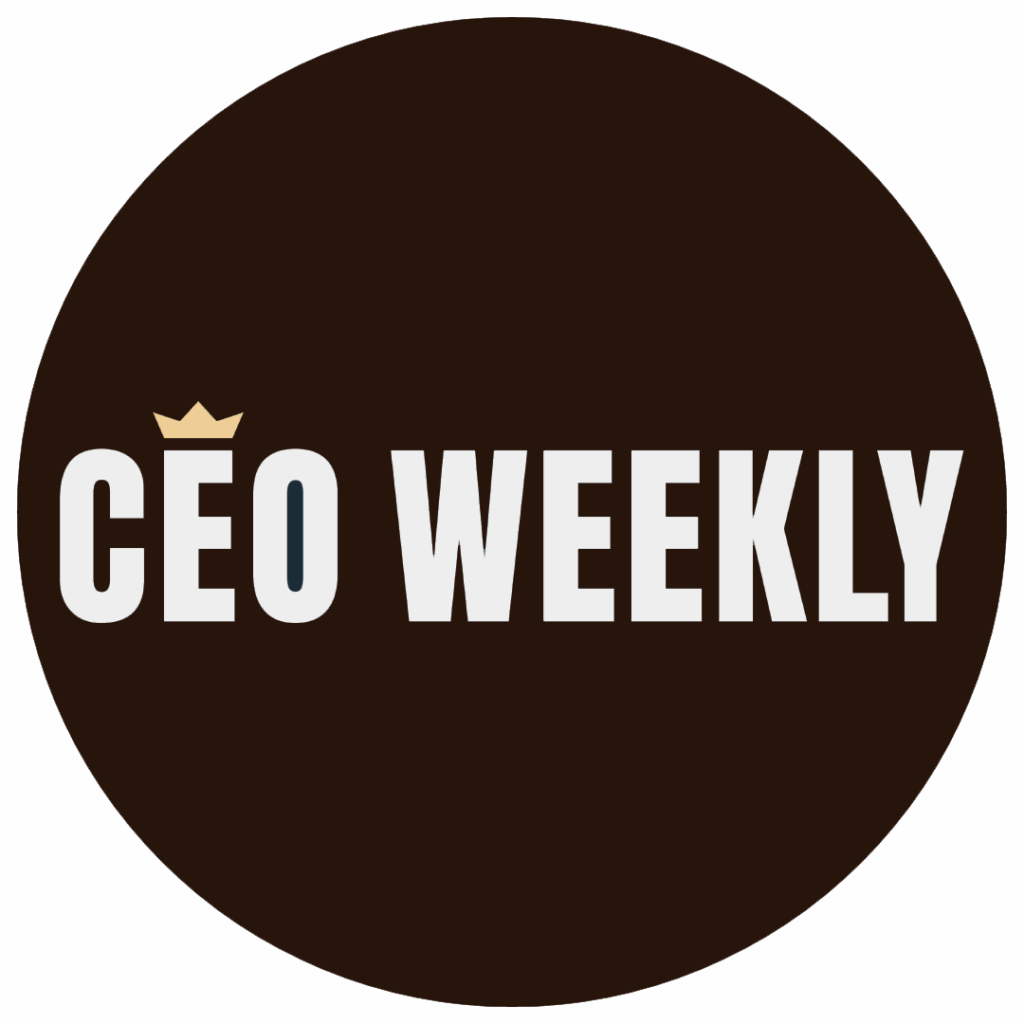By: Simon Woolford, Founder of SUM Design
In a world full of noise, the enduring luxury brands are often the quietest. They do not rely on attention-grabbing campaigns or short-term performance wins. Instead, they focus on identity, clarity, and design intelligence – qualities that speak louder than volume.
What distinguishes these brands is not only their product or polish but also their approach. They have a well-defined internal framework that influences both visible and subtle decisions, from naming and tone to layout and pacing. In this context, branding goes beyond decoration; it serves as a foundation.
For premium and lifestyle businesses, branding has become the engine behind trust, pricing power, and long-term value. But only when done correctly.
Beyond Surface-Level Branding
In mainstream branding, visibility often comes first. The question is: how do we stand out?
Luxury brands ask a different question: what are we standing for?
This distinction is critical. In high-end categories, customers are not looking for spectacle. They are looking for brands that feel certain. Confident. Fully formed. And that kind of brand presence is not built through campaigns. It is built through coherence.
Agencies like SUM focus on coherence before communication. Their work begins with clarity: positioning, tone of voice, brand architecture, and audience definition. This process results in identity systems that are not only beautiful but also highly usable across print, digital, packaging, and beyond.
Strategy Before Identity
It is tempting to jump straight into design. It’s fast, visible, and easy to share. But identity without strategy often leads to inconsistency – a brand that looks good in one place and falls apart in another.
SUM’s approach begins with strategic groundwork:
- Positioning: Where does the brand sit in the market?
- Architecture: How are names, sub-brands, and services structured?
- Tone of voice: How should the brand speak, both visually and verbally?
- Audience: Who is the brand for – and equally, who is it not for?
This foundation becomes a decision filter. It prevents dilution and helps that growth, when it happens, reinforces rather than erodes brand equity.
Naming as an Anchor
Naming is one of the underused tools in premium branding. It is often treated as a legal task or a founder’s instinct. But the right name may do more strategic work than an entire campaign.
SUM treats naming as part of its core strategy phase. The ideal names are not overly clever. They are intentional. They signal value, position, and tone. They scale across markets. They influence the brand’s feelings years before customers click “buy.”
A strong name sets the design, content, and investor perception rhythm. It becomes shorthand for the brand’s point of view. Quietly, but powerfully.
Digital Branding as Identity in Motion
In today’s world, the website is often the first and frequent brand encounter. Yet many treat digital execution as separate from branding, as if the rules do not apply online.
In the luxury space, this disconnect shows quickly. If a site feels templated, noisy, or overproduced, the perception of value declines, regardless of product.
SUM applies a digital-first mindset to identity. That means helping every visual and structural decision online reflect the brand’s core strategy. Their approach to digital-first branding includes:
- Editorial typography and restrained layouts
- Deliberate pacing and whitespace
- Thoughtful interactions that guide rather than distract
- Modular assets that scale while staying on-brand
In short, digital is not just a delivery layer. It is part of the brand system.
Quiet Brands, Strong Signals
Luxury customers are looking for alignment, not noise. They are drawn to brands that behave consistently, communicate clearly, and show attention to detail.
Quiet branding creates that impression of certainty. It signals confidence without explanation. It tells the customer: this brand knows who it is.
This doesn’t mean avoiding innovation. It means applying a clear filter, so that every product, message, or channel reinforces the brand rather than fragmenting it.
SUM has found that brands that invest early in strategy and identity tend to grow more sustainably. They spend more efficiently. And they create brands that feel inevitable, not opportunistic.
Why This Matters Now
Customer expectations have evolved. There is less tolerance for vague or inconsistent brands, and more value is placed on those that communicate with clarity, purpose, and restraint.
That means branding can no longer be reactive. It must be designed as a system – flexible, layered, and built to last.
Strategy-first branding offers companies a clear framework. It provides the foundation to grow without unnecessary complexity, reducing the need for frequent changes. It also helps ensure that digital growth supports brand values, rather than compromising them.
Agencies like SUM – a luxury branding agency are at the centre of this shift. They help founders and leadership teams define not just what they want to say, but how they want to be understood.
Final Thought
Branding is no longer about standing out. It is about standing for something.
In the luxury world, that means moving slower, speaking less, and building with intention. Because the brands that last are not always the ones that launch loudly. They are the ones who feel certain from day one.
And that certainty is never accidental. It is designed.
Disclaimer: The content is for informational purposes only and does not constitute professional advice.










